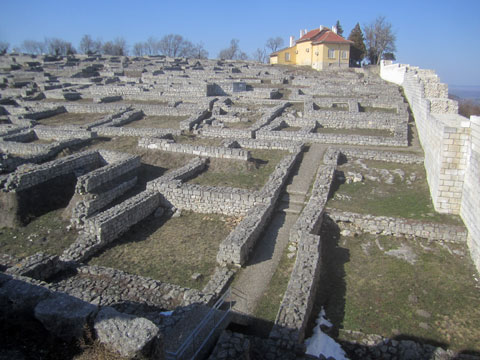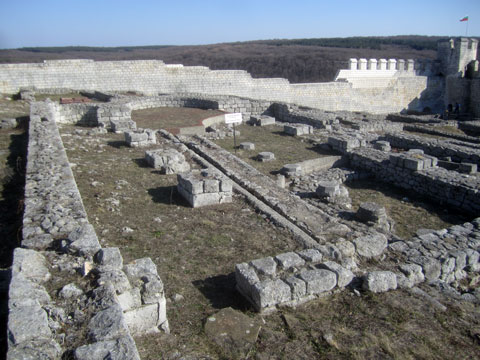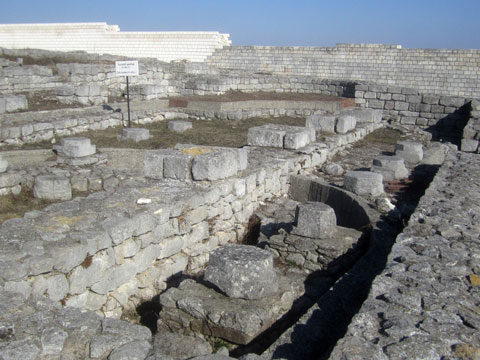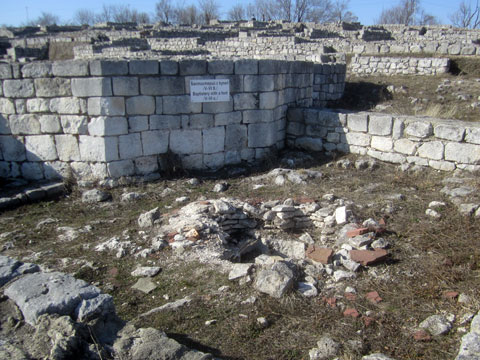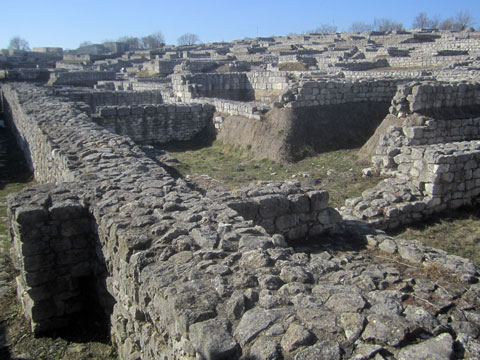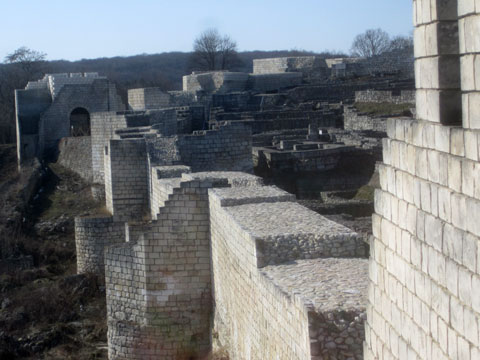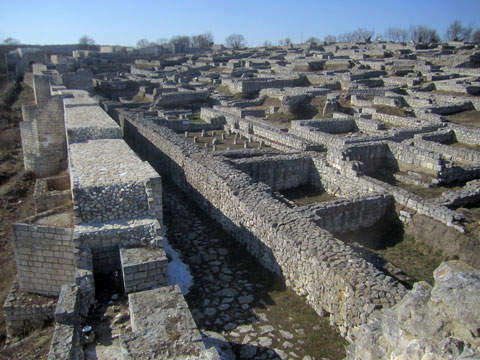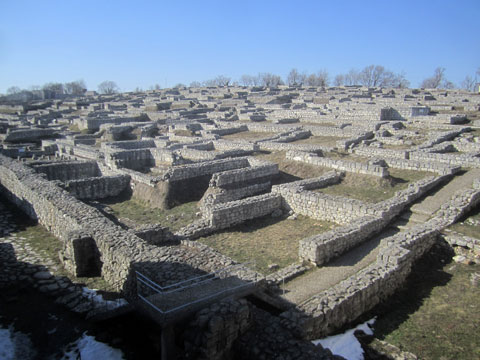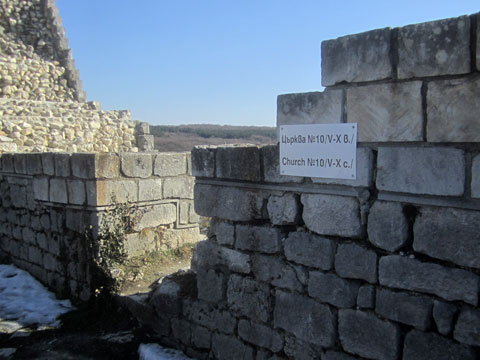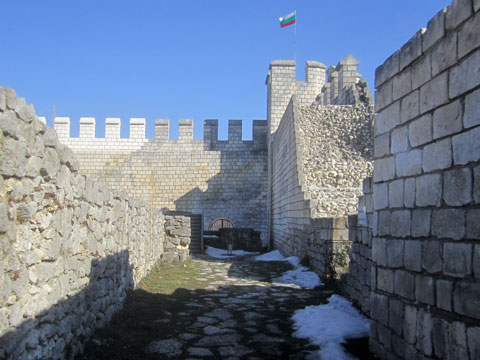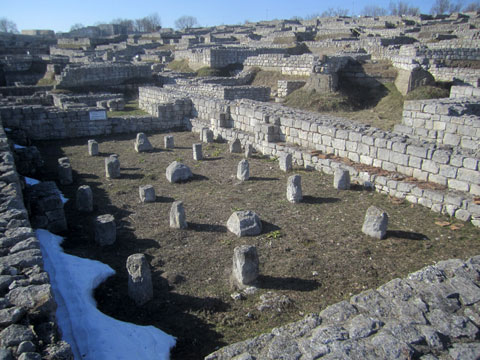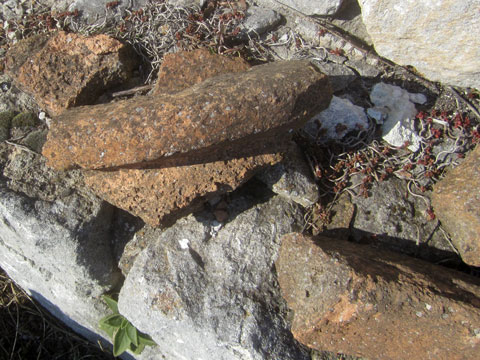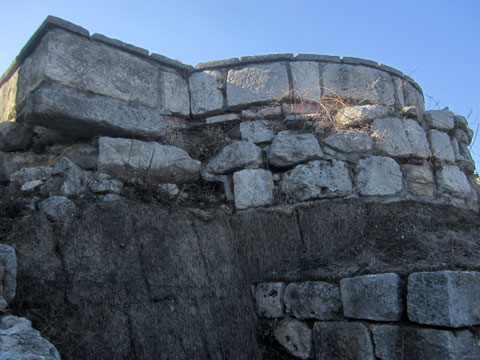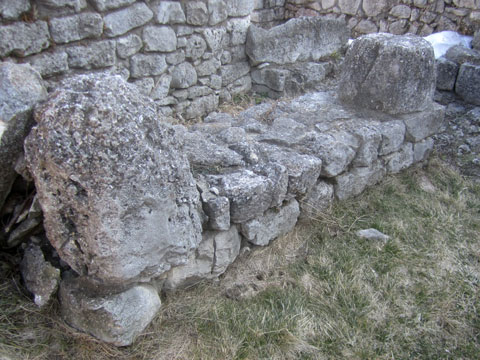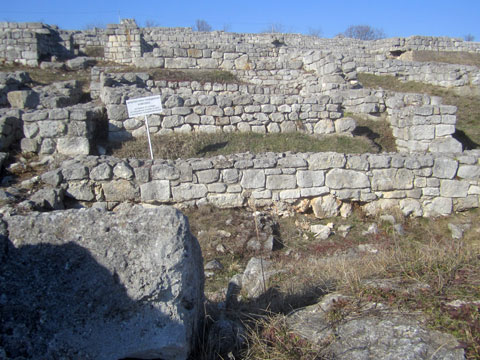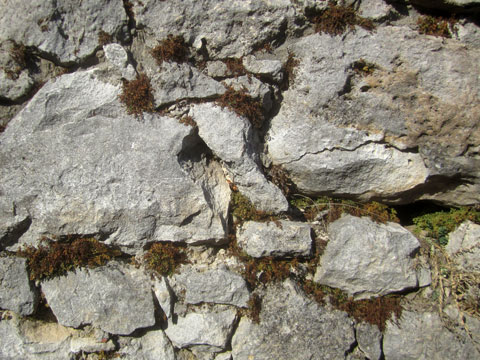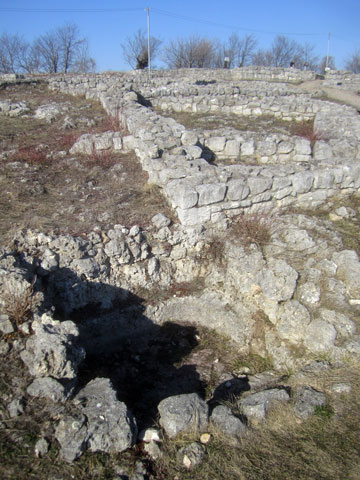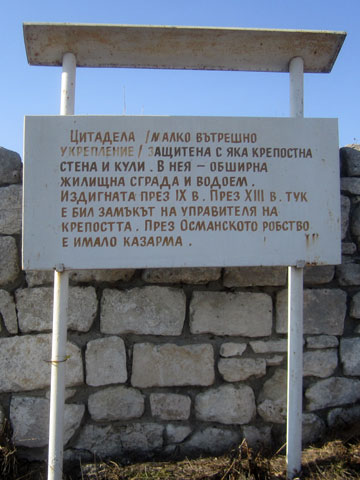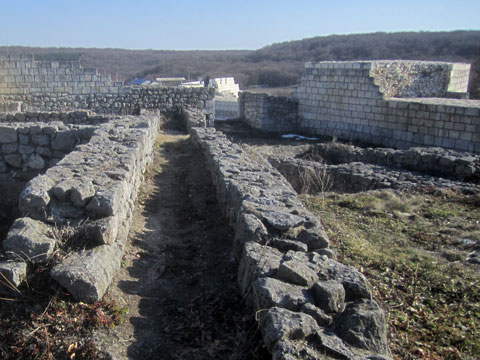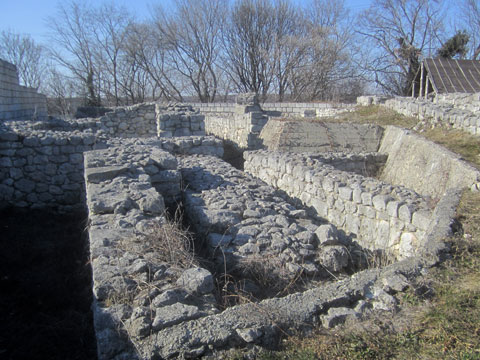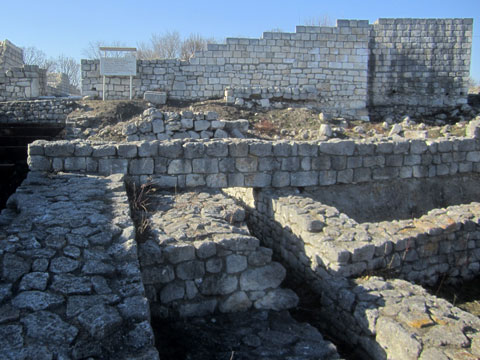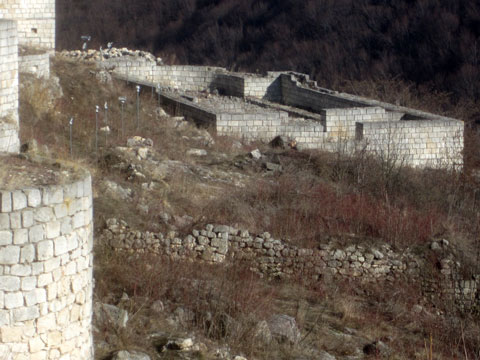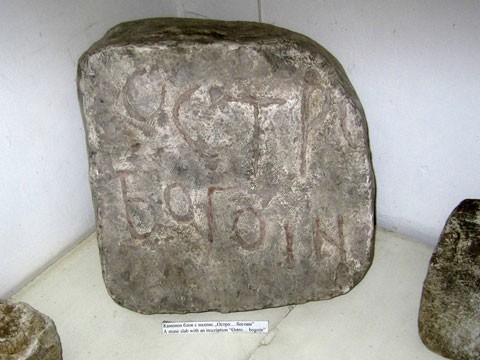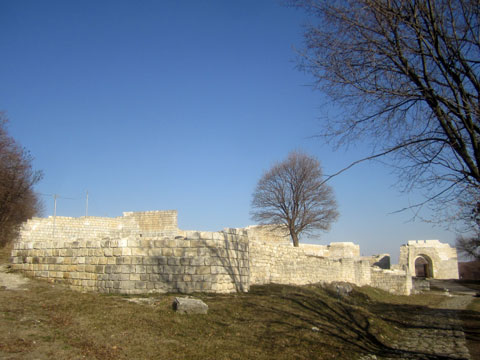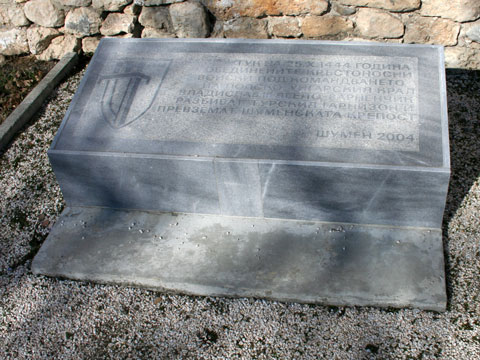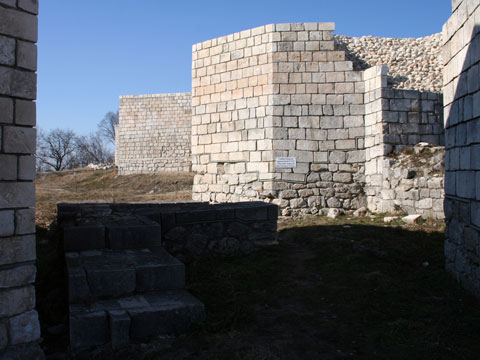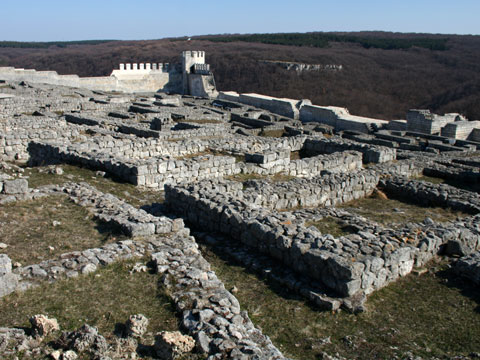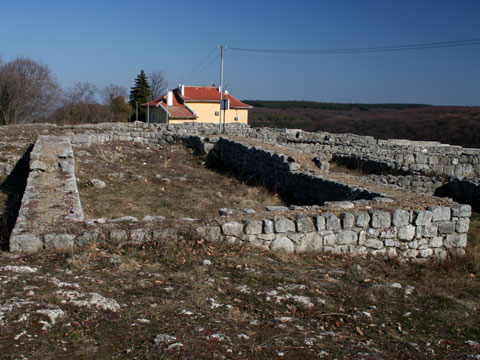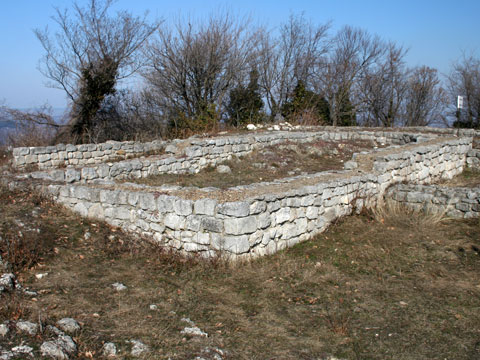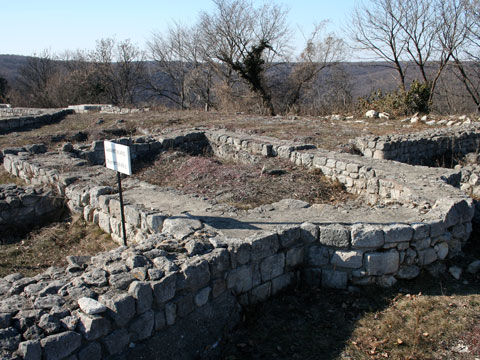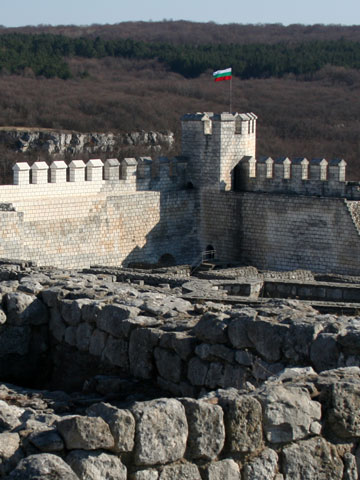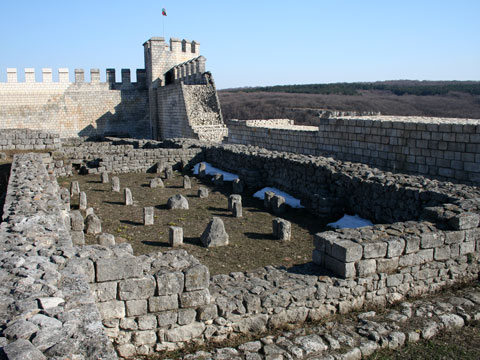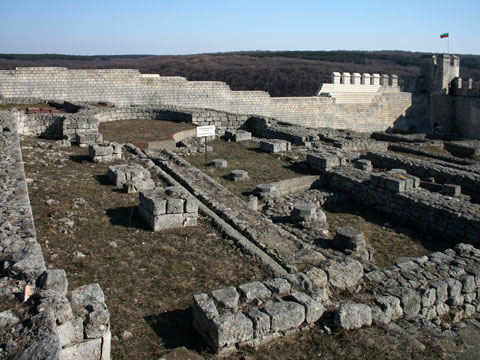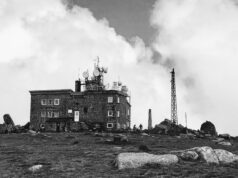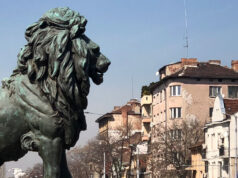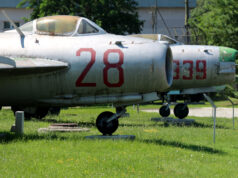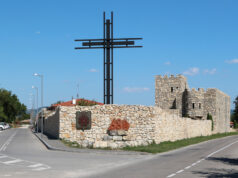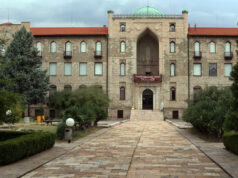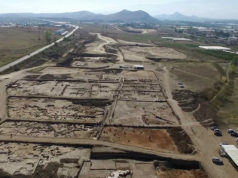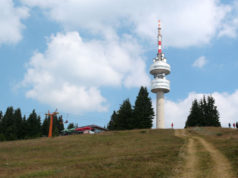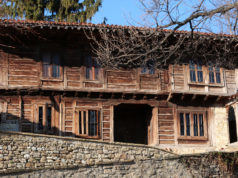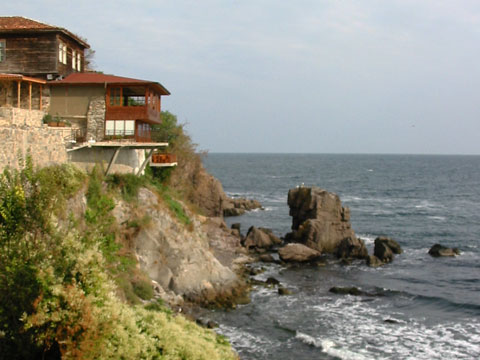Shumen Fortress is an ancient walled city perched on the edge of the Shumen plateau, three kilometers west of the modern city. The archaeological site is an open air museum and appears as number 94 on the Bulgarian Tourist Union list of the Top 100 Tourist Sites in Bulgaria.
Ancient History of the Site
Archaeological excavations suggest that Shumen Fortress is one of the oldest settlements in Bulgaria, with evidence of habitation stretching back over 3000 years. The earliest layers reveal an early Iron Age settlement from about the 13th century BCE.
During the 5th century BCE the Thracians of the Geti tribe fortified the site with two defensive walls.
Roman Era Dauclava
From the 2nd to the 4th centuries CE the Romans expanded the settlement, building larger walls and towers to replace the older defenses. Dauclava became a transportation hub for the Roman Province of Lower Moesia, with roads radiating outwards from here to all of the other major settlements in the region.
As the Roman Empire faltered the fortress suffered repeated attacks from Gothic raiding parties, but the Byzantines refused to abandon the location altogether. During the 5th and 6th centuries they vigorously defended the location against barbarian attacks, employing the fortress as an important link between the coastal centers and inland territories of the empire.
Bulgarian Shumen
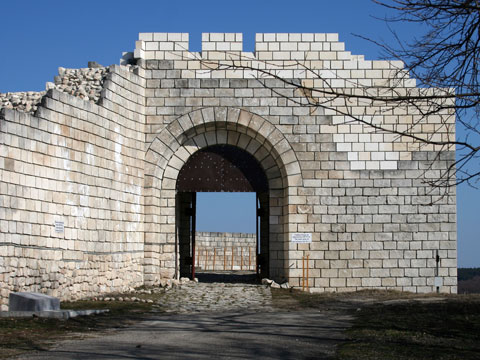 The Shumen Fortress played an important role in the history of the first and second Bulgarian states. A notable stone inscription of the word Shumen attests to its name in use over 1000 years ago.
The Shumen Fortress played an important role in the history of the first and second Bulgarian states. A notable stone inscription of the word Shumen attests to its name in use over 1000 years ago.
During the 9th and 10th centuries it was first and foremost a military outpost, guarding the path to the Bulgarian capitals at Pliska and Veliki Preslav. Shumen Fortress was burned by the Byzantine Emperor Nikephoros during his last, and ultimately fatal, campaign against the Bulgarians in 811.
From the 12th to 14th centuries Shumen became a textbook feudal city. It was the largest and most easily defended city in northeastern Bulgaria, complete with a citadel, three defensive walls, and many defensive towers, situated on high ground in a naturally well-fortified position. In addition to its military uses, the fortress became a center of production and culture.
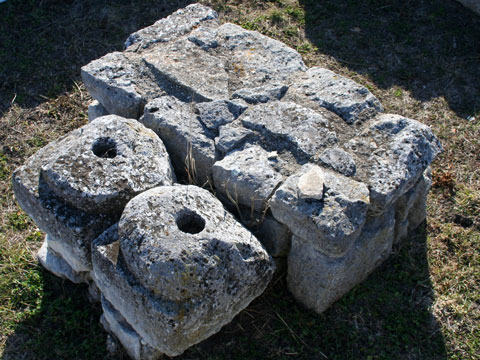 Archaeological excavations have uncovered monumental architecture from military, cultural and civic buildings. Large residential areas attest to the vigorous life of the city, especially during the Second Bulgarian State. Local pottery displays interesting forms, colors and motifs which are analogous to those of the capital at Tarnovo. The stylistic impulses of the time are visible in decorative articles of bone, metal and stone. The remains of numerous blacksmith workshops speak loudly of the industry of that era.
Archaeological excavations have uncovered monumental architecture from military, cultural and civic buildings. Large residential areas attest to the vigorous life of the city, especially during the Second Bulgarian State. Local pottery displays interesting forms, colors and motifs which are analogous to those of the capital at Tarnovo. The stylistic impulses of the time are visible in decorative articles of bone, metal and stone. The remains of numerous blacksmith workshops speak loudly of the industry of that era.
Medieval Shumen was also a lively center of trade, with coins minted by numerous Bulgarian kings found in excavations throughout Europe. After Veliki Preslav fell from significance, Shumen began minting its own coins bearing the image of King Ivan Alexander.
Downfall and Destruction
In 1388 the city and fortress fell into the hands of Ottoman invaders. About 50 years later, in 1444, Shumen fortress was briefly freed by the armies of Vadislav Varnenchik, with the help of local Bulgarians, before finally being burned by the Ottomans. They moved the city down into the valley below, leaving the fortress abandoned.
Shumen Fortress Today
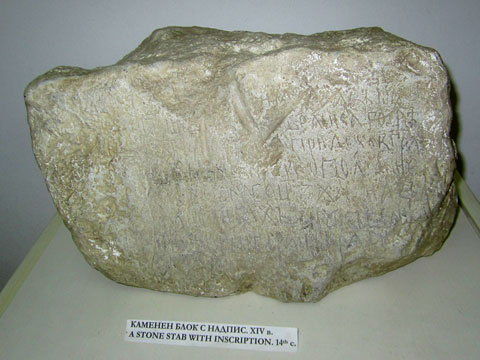 Today the fortress at Shumen is an open air museum and archaeological site bearing testimony to the rich and varied history of the region. Many of the remains are labeled and a small museum displays some of the more interesting finds from archaeological excavations in the fortress.
Today the fortress at Shumen is an open air museum and archaeological site bearing testimony to the rich and varied history of the region. Many of the remains are labeled and a small museum displays some of the more interesting finds from archaeological excavations in the fortress.
Information:
Shumen Fortress Historical-Archaeological Reserve
(t) +359 (0)54 800-381
Hours of Operation
1 Nov-31 Mar 09:00-17:00 daily
1 Apr-31 Oct 09:00-19:00 daily
Fees
Entry fee, 3 leva
Children, students, and handicapped, 1 leva
Bulgarian language tour guide, 5 leva
Foreign language tour guide, 10 leva
Prices accurate as of Summer 2012
Subject to change, please call to confirm


